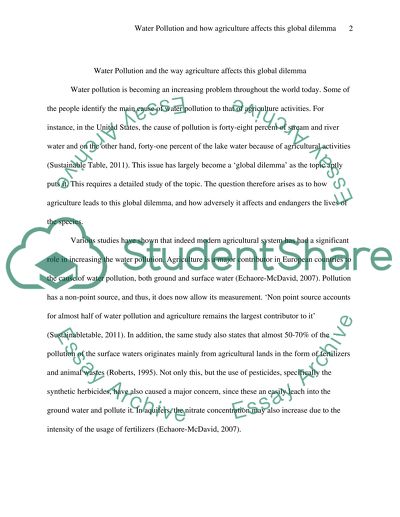Cite this document
(“Water pollution and the way agriculture affects this global dilemma Research Paper”, n.d.)
Retrieved from https://studentshare.org/environmental-studies/1409347-water-pollution-and-the-way-agriculture-affects-this-global-dilemma
Retrieved from https://studentshare.org/environmental-studies/1409347-water-pollution-and-the-way-agriculture-affects-this-global-dilemma
(Water Pollution and the Way Agriculture Affects This Global Dilemma Research Paper)
https://studentshare.org/environmental-studies/1409347-water-pollution-and-the-way-agriculture-affects-this-global-dilemma.
https://studentshare.org/environmental-studies/1409347-water-pollution-and-the-way-agriculture-affects-this-global-dilemma.
“Water Pollution and the Way Agriculture Affects This Global Dilemma Research Paper”, n.d. https://studentshare.org/environmental-studies/1409347-water-pollution-and-the-way-agriculture-affects-this-global-dilemma.


